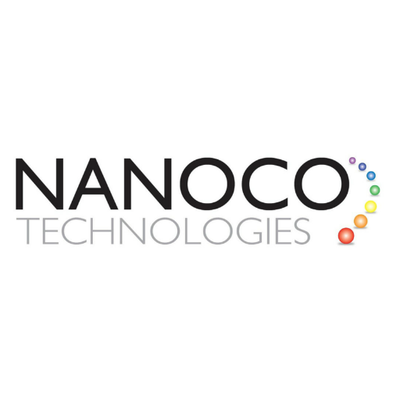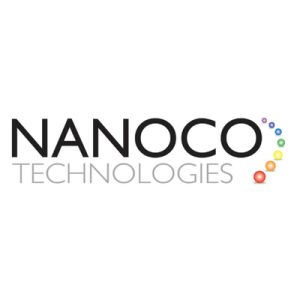Quantum dots are tiny semiconductor crystals that showcase distinct characteristics due to their nanoscale dimensions. These particles, typically ranging between 2-10 nanometers, demonstrate optical and electronic properties that vary with their size, bridging the gap between bulk semiconductors and molecular structures. At the heart of their behaviour is the quantum confinement effect: as the size of these particles decreases, energy levels shift, and the bandgap widens, giving quantum dots the capacity to emit tunable wavelengths and enhanced photoluminescence. This effect, paired with their structure, makes quantum dots highly desirable for numerous applications.
Quantum dots are composed of elements from various periodic table groups, often forming in core-shell structures. The core typically includes materials such as CdSe or InP, with shell materials like ZnS serving to stabilise and protect the quantum dot while enhancing its photoluminescence. The core determines the fundamental optical and electronic characteristics, while the shell bolsters stability. Quantum dots can be synthesised through methods like colloidal synthesis, epitaxial growth, and chemical vapour deposition. Each method offers distinct advantages, from controlling particle size to enabling easy integration into electronic devices.
The quantum confinement effect arises when a crystal’s size is reduced to a level close to the Bohr exciton radius, resulting in discrete energy levels. This effect increases photoluminescence and widens the bandgap as the particle shrinks, resulting in different emission wavelengths, with smaller dots producing higher energy, shorter wavelengths, and larger dots emitting lower energy, longer wavelengths. This tunability in size, shape, and composition sets quantum dots apart from conventional materials, giving them unique optical and electronic properties.
In terms of optical properties, quantum dots display broad absorption spectra and narrow, tunable emission spectra, which make them effective for light harvesting and optoelectronic devices. Their photoluminescence quantum yields can exceed 90%, and their resistance to photobleaching makes them more durable than many organic dyes. CdSe quantum dots cover the visible light range, while PbS and PbSe types extend into the near-infrared. They also support multiphoton absorption, allowing for uses in advanced imaging applications.
Electronically, quantum dots possess size-dependent bandgaps, enhanced exciton binding energy, and strong electron-hole interactions, making them excellent for charge carrier dynamics, photovoltaics, and photocatalytic applications. The high electron mobility and conductivity of quantum dots are valuable for electronic devices like transistors, and the large surface-to-volume ratio increases their sensitivity to surface states, which can be controlled through passivation.
Characterising quantum dots involves a range of techniques. Microscopy methods such as TEM and SEM provide imaging at high resolution, while X-ray diffraction reveals structural details. Optical spectroscopy, including UV-visible absorption and photoluminescence, helps study their optical properties. Surface analysis techniques like XPS and AES offer information on composition and chemical states. For analysing particles in solution, dynamic light scattering and zeta potential measurements help in understanding the surface charge and hydrodynamic size of the dots.
Quantum dots are promising in many applications, from optoelectronic devices like LEDs and solar cells to biomedical uses in bioimaging, biosensing, and drug delivery. In display technology, quantum dot-enhanced displays offer improved colour accuracy and brightness. Quantum dots also hold potential in quantum computing as single-photon sources and in photocatalysis for sustainable energy generation. Future developments may include more advanced quantum dot structures and novel compositions, opening new frontiers in nanotechnology and material science.
Quantum dots represent a significant advancement in nanoscale technology, where control over particle size allows for precise tailoring of their optical and electronic properties. With ongoing exploration into synthesis techniques and applications, quantum dots are likely to drive forward innovation across fields like electronics, medicine, and energy.
Nanoco Group PLC (LON:NANO) leads the world in the research, development and large-scale manufacture of heavy metal-free nanomaterials for use in displays, lighting, vertical farming, solar energy and bio-imaging.


